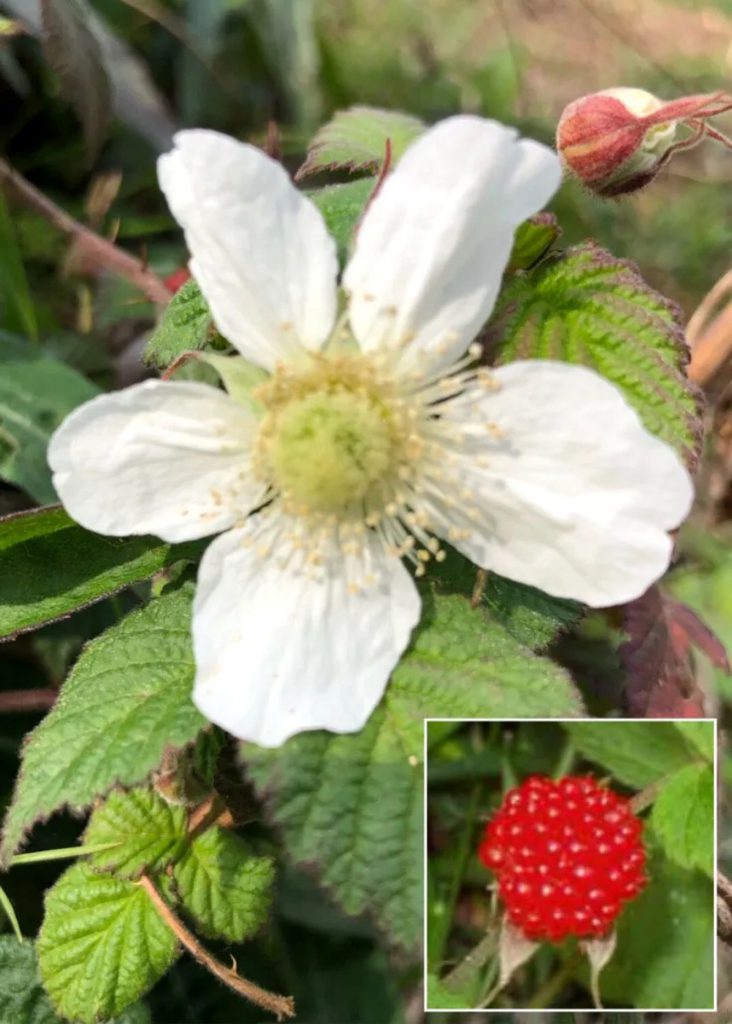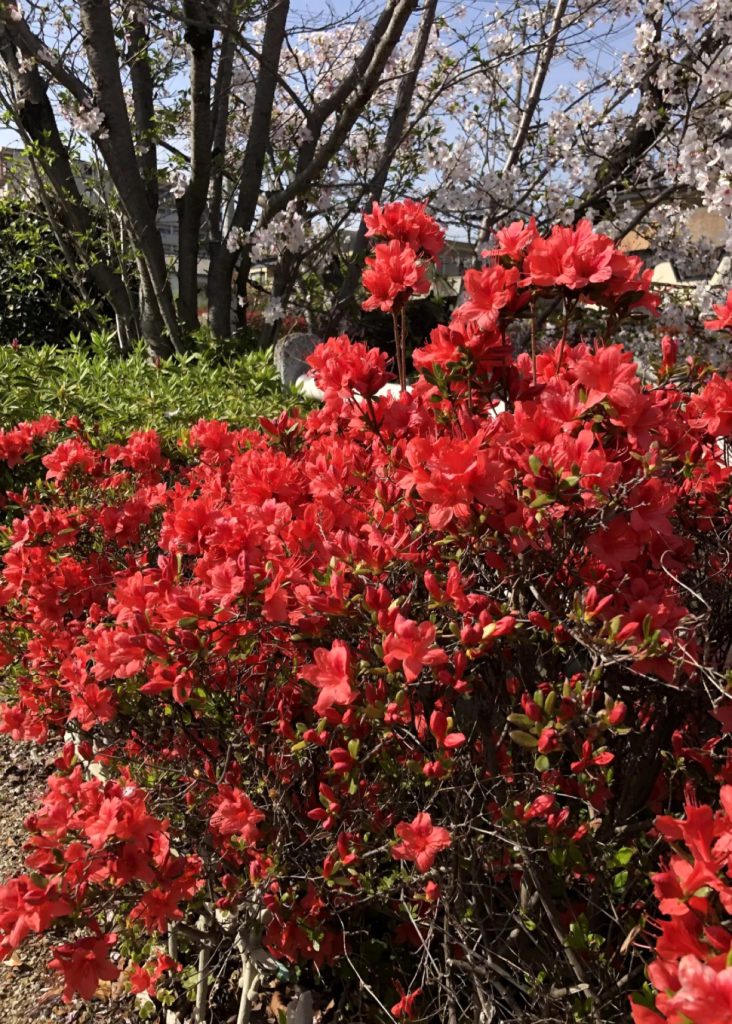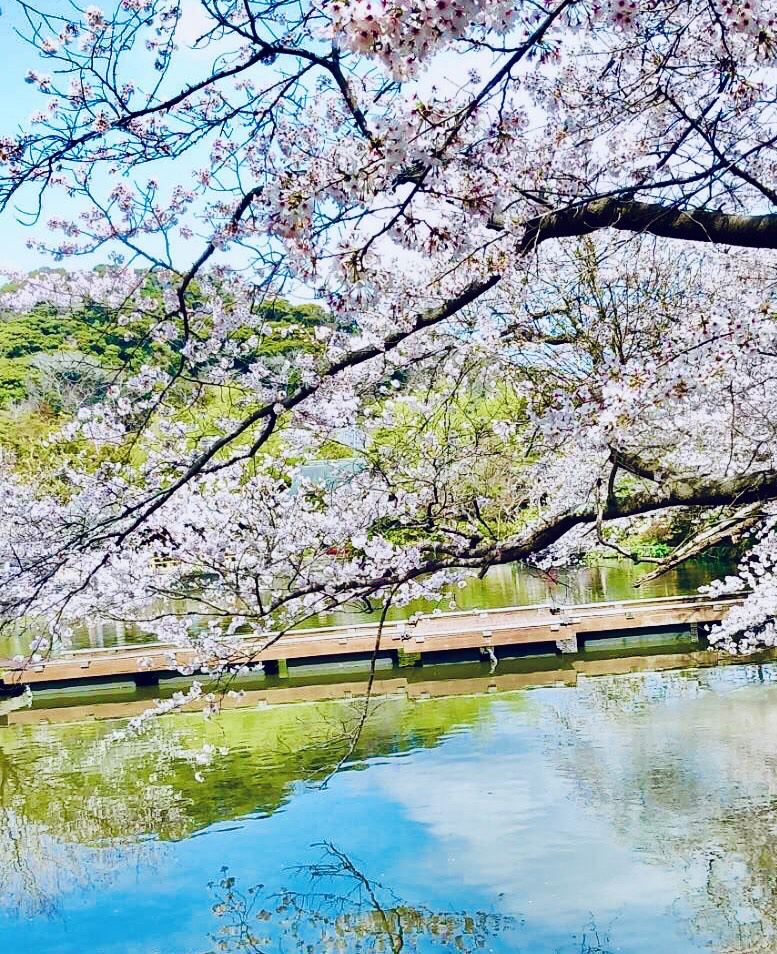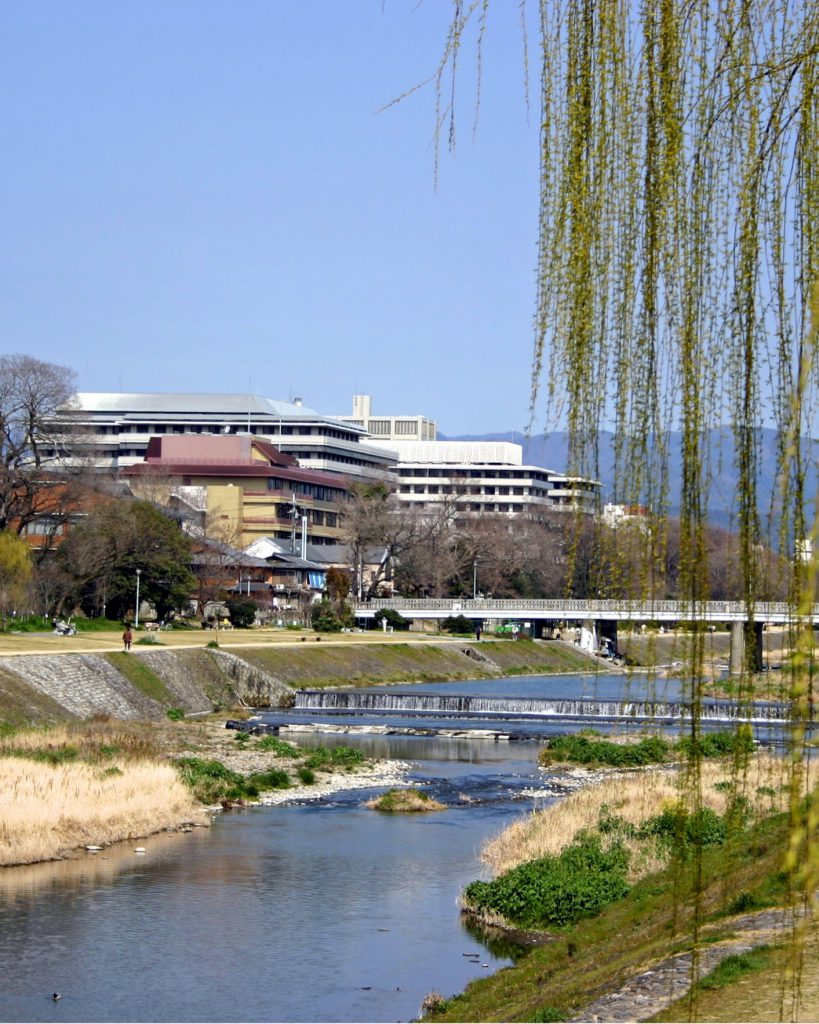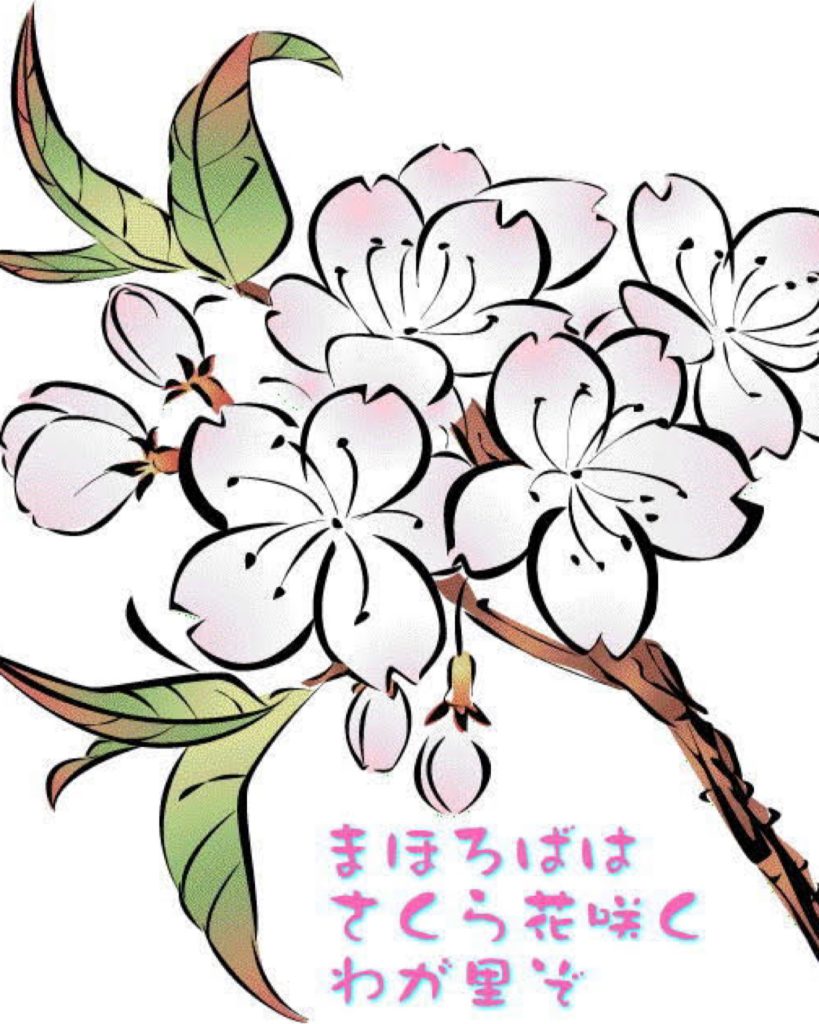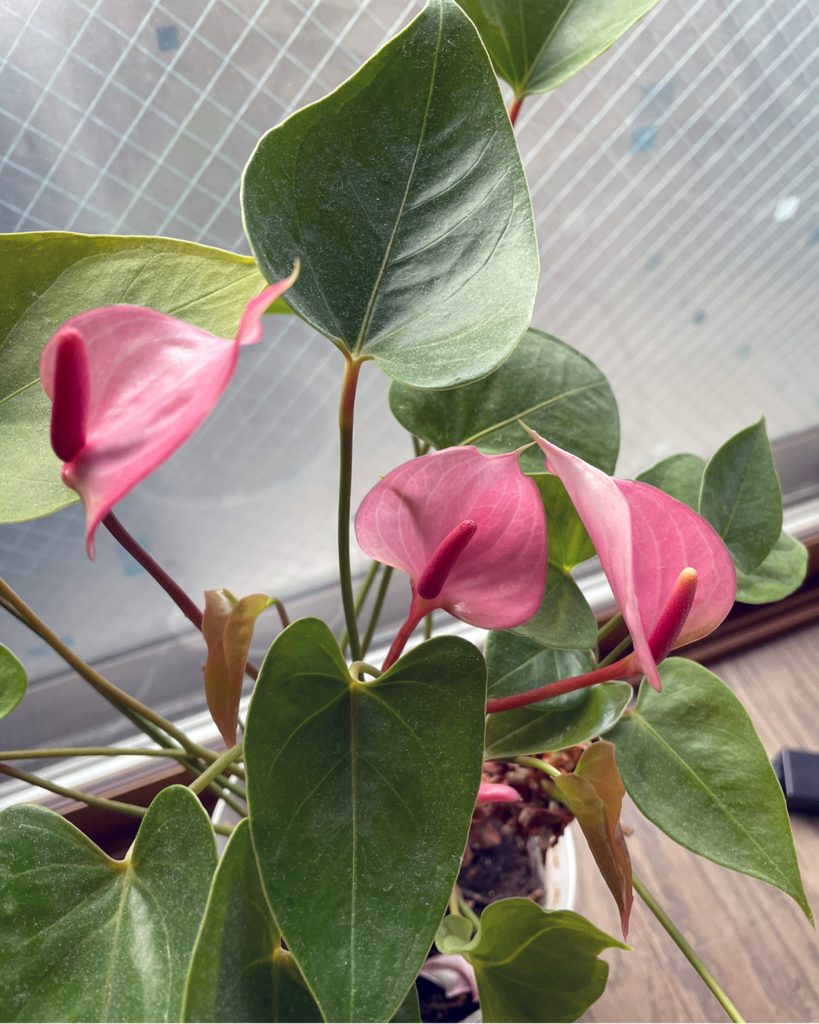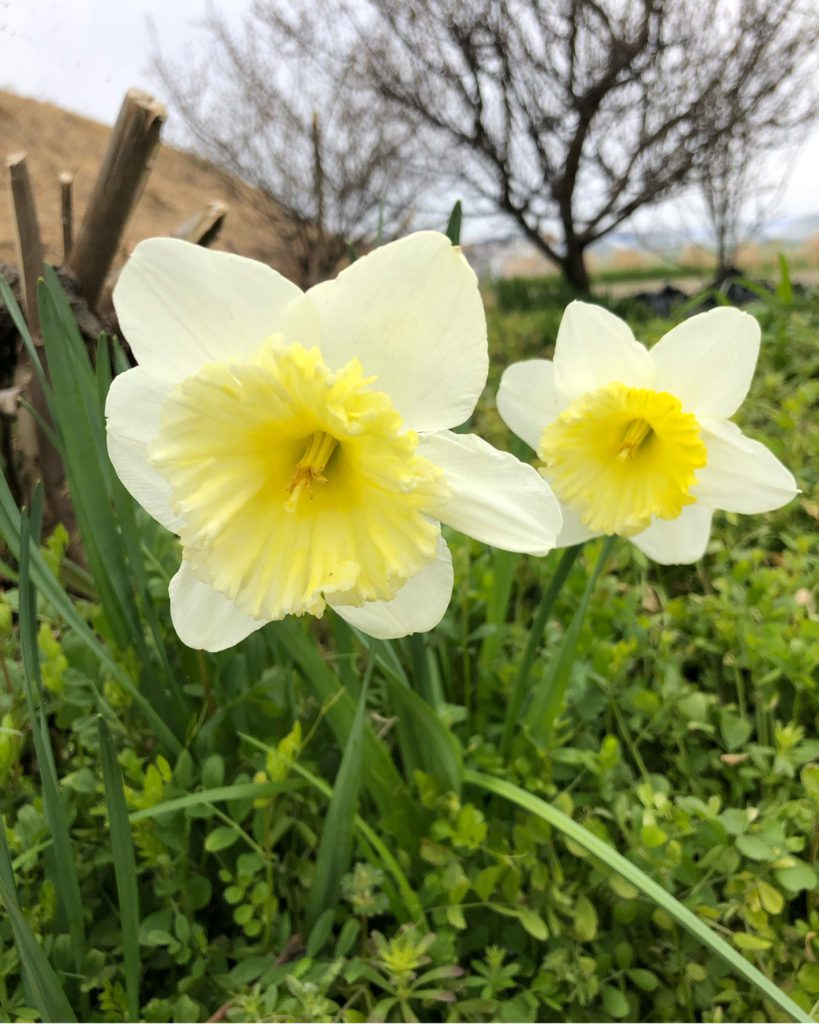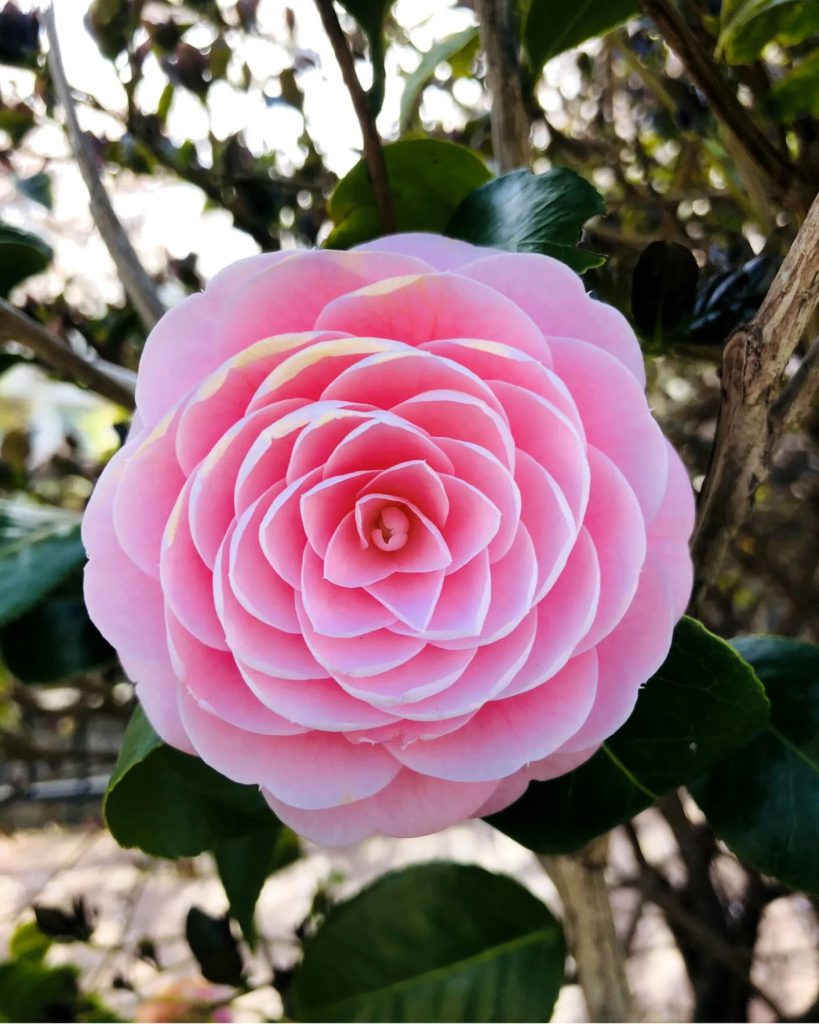
0, 1, 1,2,3,5,8,13,21,34,55,89,144, 233, 377,610,987, 1597,… Every number is the sum of the previous two numbers. This sequence is famous Fibonacci sequence. It is a mysterious thing that appears in natural phenomena from the biological world such as the branching and attaching of branches, the seeding of sunflower seeds, the scale pattern of pine cones, the branching of blood vessels in our liver, and the branching of bronchi, to the lifeless world. The camellia flowers that I’m witnessing now probably have a phenomenon in which the Fibonacci sequence applies. Because it’s too beautiful. There is a close relationship between beauty and the Fibonacci sequence. Beauty has stability, and stability leads to eternal life.
0, 1, 1,2,3,5,8,13,21,34,55,89,144, 233, 377,610,987, 1597,… どの数字も前2つの数字を足した数字と言うこの数列は、有名なフィボナッチ数列です。草木の枝の付き方や枝分かれの仕方、ひまわりの種の付き方、松ぼっくりの鱗模様といったものから、私達の肝臓の血管の枝分かれ、気管支の枝分かれなどの生物界から自然現象にも現れる不思議な数列です。今目の当たりにする椿の花にも、多分フィボナッチ数列が当てはまる現象があるはずです。なぜなら、余りにも美しいからです。美しさとフィボナッチ数列には密接な関係があります。美しさには安定があり、安定は永遠の命に繋がるからです。

